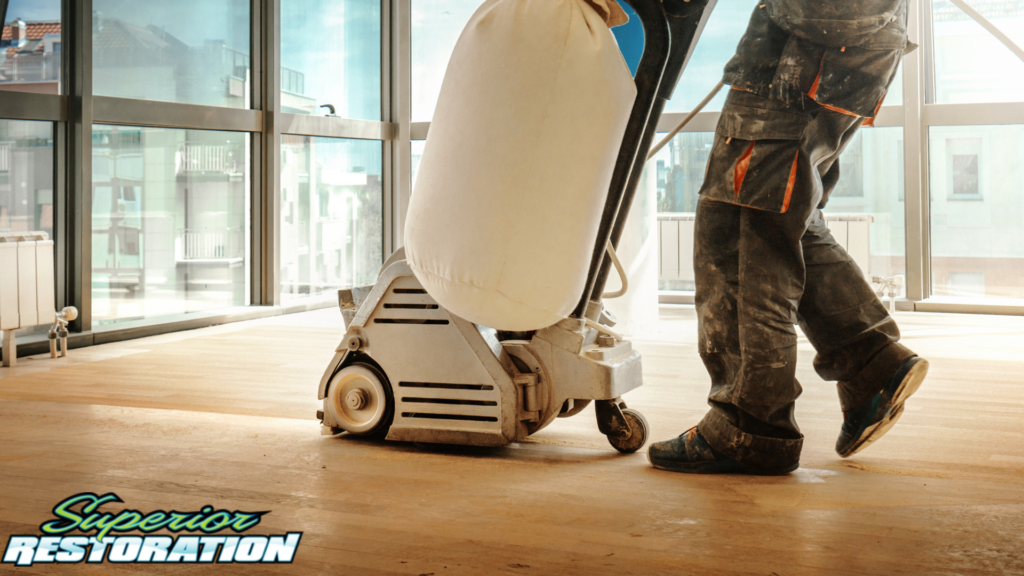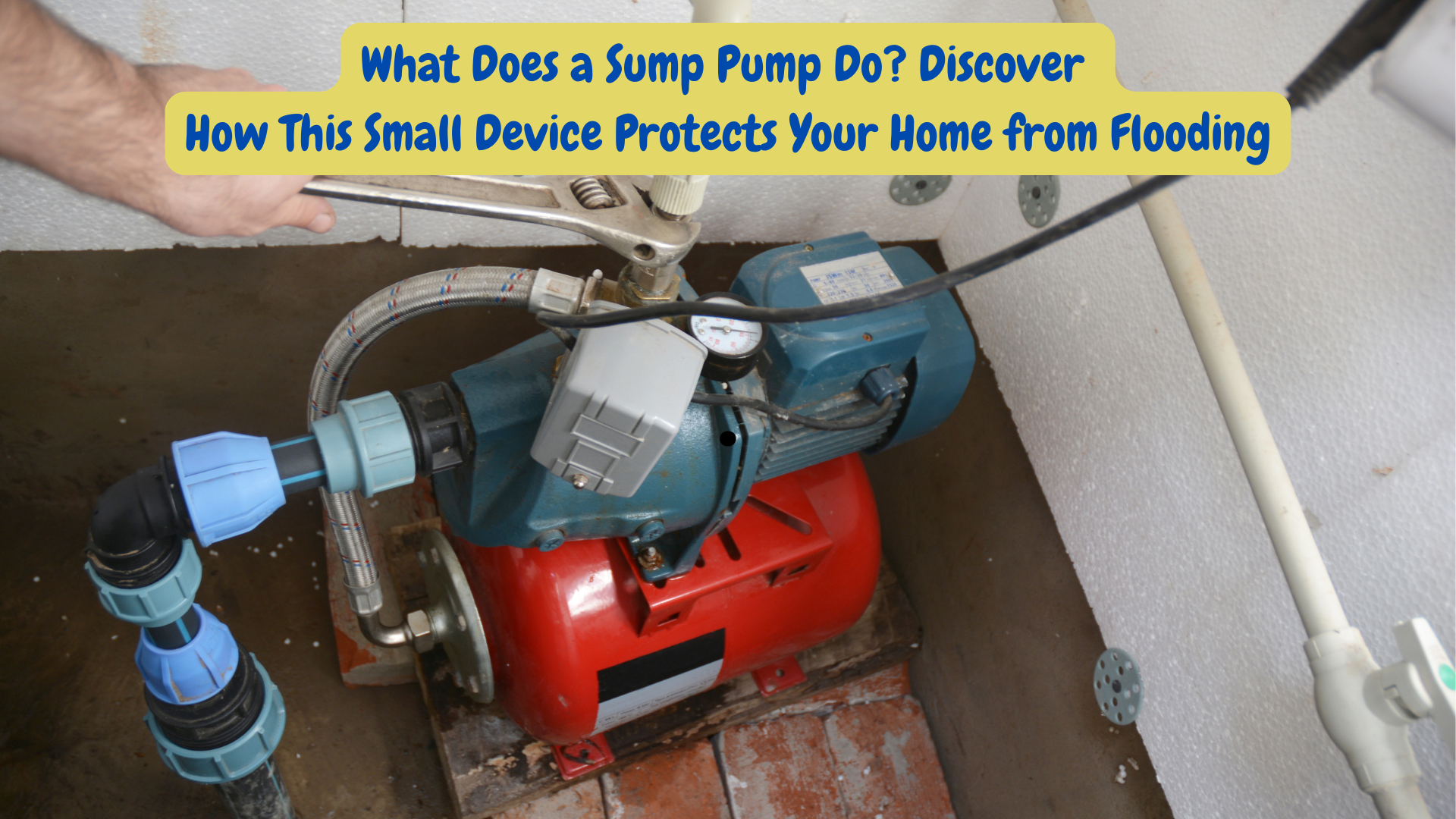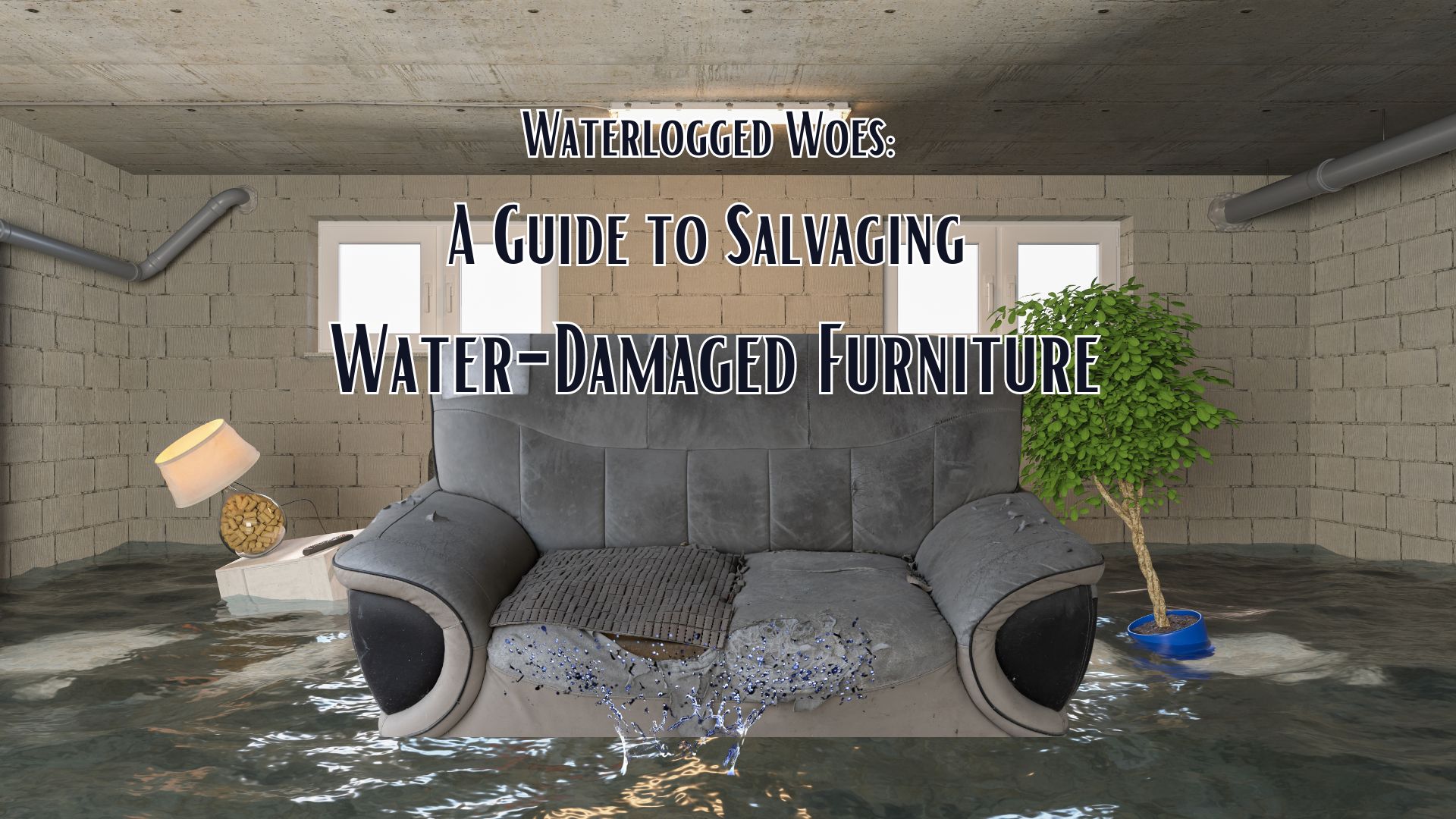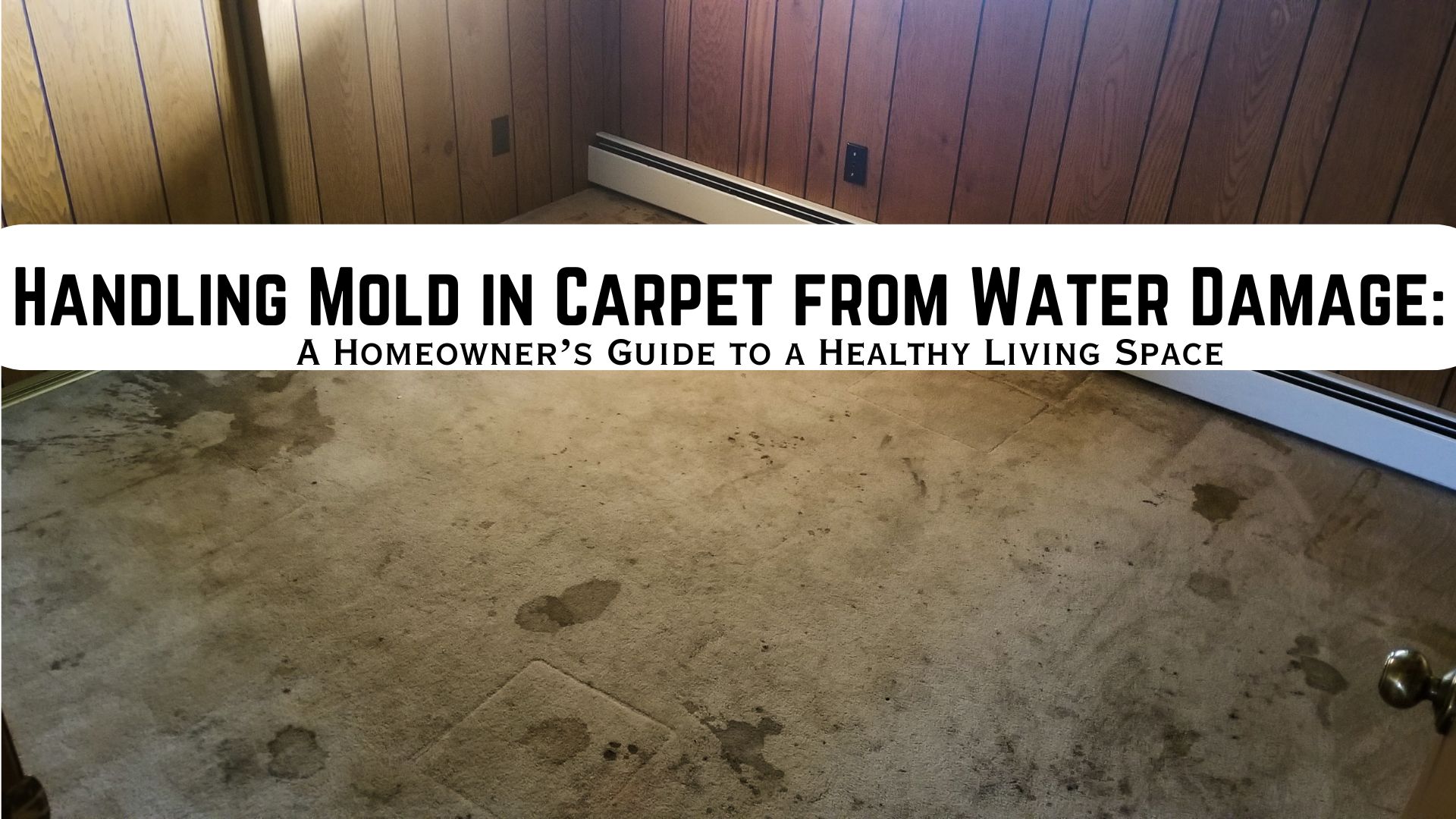Wooden floors can add warmth and elegance to any home, but when faced with water damage, they can become a source of stress and concern. In this guide, we will dig into the various aspects of wood floor water damage, from its causes to effective solutions.
Wood Floor Water Damage: What are the causes?
- Burst Pipes and Water Leaks
One of the leading causes of water damage to hardwood floors is burst pipes and water leaks. When pipes burst or leaks occur, water can quickly seep into the flooring, leading to potential irreversible damage.
- Water Spills and Standing Water
Accidental water spills and the presence of standing water are common culprits in damaging wood floors. Whether from a spilled drink or a leaky appliance, excess water can wreak havoc on your beautiful hardwood flooring.
- Moisture Content and Mold Growth
Excessive moisture content in the air or within the wood itself can pave the way for mold growth. Mold thrives in damp environments, and water-damaged wood floors provide the ideal conditions for its proliferation.
Recognizing the Signs of Wood Floor Water Damage
Moisture Readings and Checking the Content of the Wood
Regularly checking the moisture readings of your wood floors is crucial for early detection of water damage. High moisture content indicates a potential issue that needs immediate attention. Investing in a moisture meter can help you keep track of the moisture levels in different areas of your home. This will enable you to implement preventive actions.
Examining the Affected Area
When dealing with water-damaged flooring, it’s essential to carefully examine the affected area. Dark spots, warping, or a change in the wood’s texture are signs that water has infiltrated the floor. If you see any of these signs, it’s important to attend and deal with the issue right away. Ignoring water damage can lead to structural problems and compromise the integrity of the entire flooring system.
Understand the Content of the Wood
Different types of wood have varying resistance to moisture. Some woods are more porous and susceptible to water damage, while others are naturally more resilient. Knowing the characteristics of your wood flooring can help you take appropriate preventive measures. It will also help you choose the right approach when dealing with water damage.
Taking Action: Removing Water and Drying the Floor
- Immediate Steps for Removing Water from the Floor
As soon as water damage is detected, swift action is necessary. Begin by removing standing water using towels, mops, or a wet/dry vacuum. Prompt removal can prevent further absorption and minimize damage. If the water damage is extensive, consider seeking professional help to ensure a thorough and effective extraction process.
- Dry the Floor Thoroughly
After water removal, the next step is thorough drying. Utilize fans and dehumidifiers to expedite the drying process. It’s crucial to eliminate all moisture to prevent mold growth and long-term damage.
Monitor the drying progress regularly and be patient, as rushing this step can lead to complications down the line. Depending on the extent of the water damage, it may take several days to ensure the wood flooring is completely dry.
- Utilize Moisture Readings
Moisture readings are not only crucial for detecting water damage but also for ensuring the successful drying of the wood floor. Periodically check the moisture content as the floor dries, and continue the drying process until the readings stabilize within the acceptable range. This step is vital for preventing mold growth and avoiding future issues related to excessive moisture.
Preventing Future Wood Floor Water Damage
- Addressing Water Leaks and Fixing Burst Pipes
To safeguard your hardwood floors, address water leaks promptly and fix burst pipes. Regular inspections of plumbing systems can help identify potential issues before they escalate. Consider installing water leak detection devices, which can provide early warnings and prevent extensive damage. Taking proactive measures to address plumbing issues can save you not only the cost of repairing the flooring but also potential structural damage to your home.
- Protecting Against Water Spills
Place rugs or mats in areas prone to water spills, such as kitchens and bathrooms. This provides an additional layer of protection and reduces the risk of water reaching the wood floor. Educate household members about the importance of quickly cleaning up spills to prevent them from seeping into the wood. Additionally, consider applying a water-resistant sealant to your hardwood floors to create a protective barrier against minor spills and moisture.
- Regular Maintenance and Monitoring
Regular maintenance is key to preventing wood floor water damage. Keep an eye on the overall condition of your flooring, checking for any signs of wear, gaps, or damage. Promptly address any issues to prevent water from penetrating the wood. Periodically inspect areas with a higher risk of water exposure, such as around appliances and in basements, to catch potential problems early.
10 Reasons Why Water Damage Experts Are Essential In Your Wood Floor Water Damage
Water damage experts play a crucial role in mitigating and addressing wood floor water damage. When faced with water-related issues, especially concerning delicate materials like hardwood, seeking professional assistance becomes essential. Here are several reasons why water damage experts are indispensable in dealing with wood floor water damage:
- Specialized Knowledge and Training:
Water damage experts possess specialized knowledge and training in dealing with various types of water damage, including those affecting wood floors. Their expertise allows them to assess the extent of the damage accurately and determine the most effective course of action.
- Advanced Equipment and Technology:
Professionals in water damage restoration have access to advanced equipment and technology designed for efficient water extraction, drying, and restoration. This equipment includes industrial-strength fans, dehumidifiers, moisture meters, and infrared cameras. Of which they are all crucial for thorough and effective restoration.
- Swift Response Time:
Swift action is essential to address water damage promptly and prevent additional harm. Water damage experts understand the urgency of the situation and can provide a prompt response. Their quick intervention helps minimize the extent of the damage and reduces the risk of secondary issues such as mold growth.
- Comprehensive Assessment:
Water damage experts conduct a comprehensive assessment of the affected area, including the wood floor, subfloor, and surrounding structures. This thorough evaluation helps identify hidden pockets of moisture and ensures that all areas are properly addressed during the restoration process.
- Moisture Detection and Measurement:
Professionals use specialized tools like moisture meters to detect and measure the moisture content in wood and other materials. This allows them to determine the severity of the water damage and track the progress of the drying process accurately.
- Prevention of Mold Growth:
Excessive moisture can lead to mold growth, posing additional health risks and structural concerns. Water damage experts are well-versed in mold prevention strategies and take proactive measures during the restoration process to inhibit mold growth and ensure a safe and healthy environment.
- Structural Integrity Preservation:
Hardwood floors are susceptible to warping, cupping, and other structural issues when exposed to water. Water damage experts understand the unique characteristics of wood and employ techniques to preserve its structural integrity. This may include controlled drying methods and targeted restoration efforts.
- Documentation for Insurance Claims:
Water damage experts document the entire restoration process, including the initial assessment, actions taken, and the results achieved. This documentation is valuable when filing insurance claims, providing evidence of the steps taken to mitigate damage and restore the property.
- Experience in Handling Insurance Processes:
Dealing with insurance companies can be complex. Water damage experts often have experience working with insurance providers and can assist homeowners in navigating the claims process. Their expertise can ensure that homeowners receive fair compensation for the damage incurred.
- Complete Restoration Services:
Water damage experts offer comprehensive restoration services beyond water extraction and drying. This may include repairing or replacing damaged flooring, addressing structural issues, and restoring the affected area to its pre-damaged condition.
Preserving Your Hardwood Floors
Understanding the causes and effects of wood floor water damage is paramount for homeowners. By recognizing the signs early, taking immediate action, and implementing preventive measures, you can preserve the beauty and integrity of your hardwood floors.
As you navigate the challenges of wood floor water damage, remember that prevention and proactive care are your strongest allies. With the right knowledge and timely action, you can protect your investment well. In addition, you can also enjoy the warmth and beauty of your hardwood floors for years to come.
Furthermore, when faced with water damage to wood floors, seeking professional assistance is a prudent and necessary step in safeguarding your property. Water damage experts bring a combination of knowledge, experience, and specialized tools to efficiently and effectively address wood floor water damage. Their involvement ensures a thorough restoration process, minimizes potential long-term consequences, and helps homeowners regain a safe and habitable living environment.
Please don’t hesitate to call Superior Restoration for your water, mold, and fire damage concerns today!





